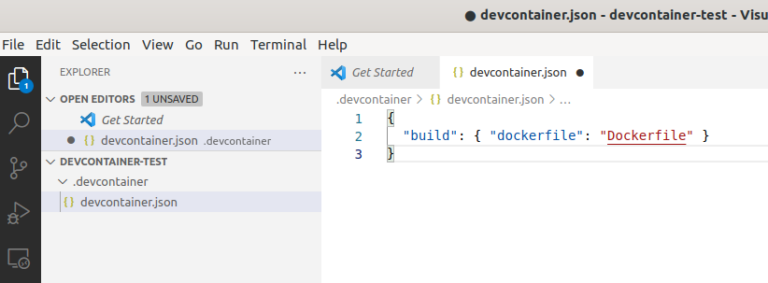

Pip install -no-cache-dir nibabel pydicom matplotlib pillow med2image RUN pip install -no-cache-dir -upgrade pip & \ Connecting and updating your Raspberry Pi #Īfter inserting the SD card turn on your Pi by attaching the power supply to it and give it 1 or 2 minutes to fully boot.Install python package in docker file Recommended base imageĪs suggested in my comment, you could write a Dockerfile that looks like: FROM python:3 Depending on the speed of your card this may take a few minutes.Īfter this process finished insert the card in your Raspberry Pi and move on. You are now ready to write everything to your SD card. set the locale settings to my timezone and my preferred keyboard layout.I'm planning to wire the Pi up at some point, but not having to fumble around with cables made the setup easier for me configured wireless LAN with my network details.enabled SSH and set an authorized key (if you already have a default key present this will be filled in automatically).updated hostname to rpi because it's shorter.Screenshot of the advanced options of Raspberry Pi Imager Click on the little cog in the bottom right corner to configure the installation with the following settings:.If you haven't already, insert the SD card in your computer and select it here.(I didn't test the next step with other Linux distros)

Select the OS of your choice, I went with Raspberry Pi OS Lite 32 Bit.Screenshot of the home screen of Raspberry Pi Imager Go ahead and download Raspberry Pi Imager for your operating system. It saves you a lot of time and headaches with the first time configuration. In this case though I highly recommend using the Imager tool to install Raspberry Pi OS on your SD card. Most of the time you have a lot more control using the manual way. I like to understand what I'm doing and what's happening if I click something in a GUI. Normally I'm not a big fan of installers. Install Raspberry Pi OS with Raspberry Pi Imager # Running Home Assistant as Docker containerġ.Connecting and updating your Raspberry Pi.Install Raspberry Pi OS with Raspberry Pi Imager.These are the steps we'll have to go through to get a working installation of Home Assistant running on your local network. Feel free to message me on Twitter if you have any questions 🙂. I'll assume you have basic knowledge around Linux (you should for example know how to connect to another computer with SSH), so forgive me if I don't explain everthing to the last detail. Hot tip: make sure you know where you've put your Micro SD card from your last bricked Pi so you don't have to wait for the delivery of a new card. It finally happened: there was a Raspberry Pi 4 with 8GB RAM in stock that wasn't outrageously priced.


 0 kommentar(er)
0 kommentar(er)
